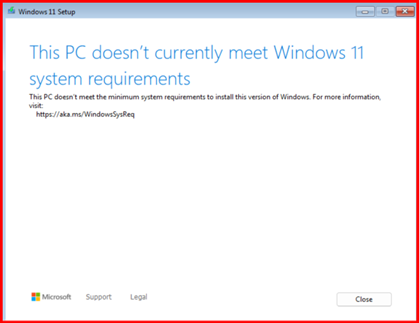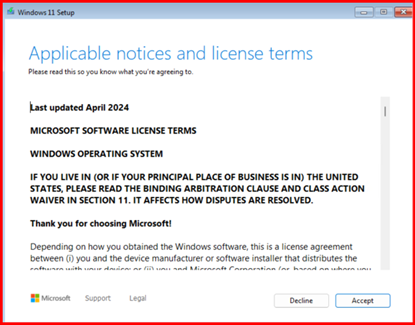Introduction
As a system administrator and IT enthusiast, I often experiment with various operating systems in virtual environments like Hyper-V. When Windows 11 was released, I was eager to test it out in a Hyper-V virtual machine. However, I quickly ran into a roadblock—Windows 11 refused to install or run properly. In this post, I’ll share what I discovered about why Windows 11 doesn’t work out-of-the-box in a Hyper-V VM and how to resolve it.
The Problem
When I tried to install Windows 11 on a Hyper-V virtual machine, I encountered the following issues:
- The installer displayed an error that the PC doesn’t meet the minimum system requirements.
- Even if installation succeeded via workarounds, performance was poor or updates wouldn’t work.
This got me digging into what exactly Windows 11 is checking for.
Key Requirements for Windows 11
Windows 11 has stricter hardware requirements than previous versions:
- TPM 2.0 (Trusted Platform Module)
- UEFI firmware with Secure Boot enabled
- 4 GB RAM minimum
- 64-bit processor with at least 2 cores
- Generation 2 VM with VHDX format
Hyper-V VMs by default don’t meet all of these, especially:
- TPM is not enabled by default.
- Secure Boot might be disabled.
- You may be using Generation 1 VM.
What Error I got?

Solution: How I Made It Work
To get Windows 11 running, I had to make these changes when creating the VM:
- Create a Generation 2 VM
- This is necessary for UEFI and Secure Boot.
- Enable TPM
- In the VM settings > Security, check Enable Trusted Platform Module.


3. Enable Secure Boot
- Also under Security, ensure Secure Boot is checked and the template is set to Microsoft UEFI Certificate Authority.
4. Allocate at least 4 GB of RAM
5. Attach a VHDX file with the Windows 11 ISO
Once I adjusted these settings, the installation proceeded smoothly and Windows 11 activated without issue.

Pro Tip
If you’re using older versions of Windows Server that don’t support TPM in Hyper-V (like Windows Server 2016 or older), you might be out of luck. Consider upgrading to Windows 10/11 Pro or Windows Server 2019/2022 for full feature support.
Conclusion
Windows 11 is more demanding than its predecessors, and Hyper-V doesn’t cater to those requirements by default. But with a few tweaks, I was able to run Windows 11 reliably in a VM. Hopefully, this post helps others who hit the same roadblocks.